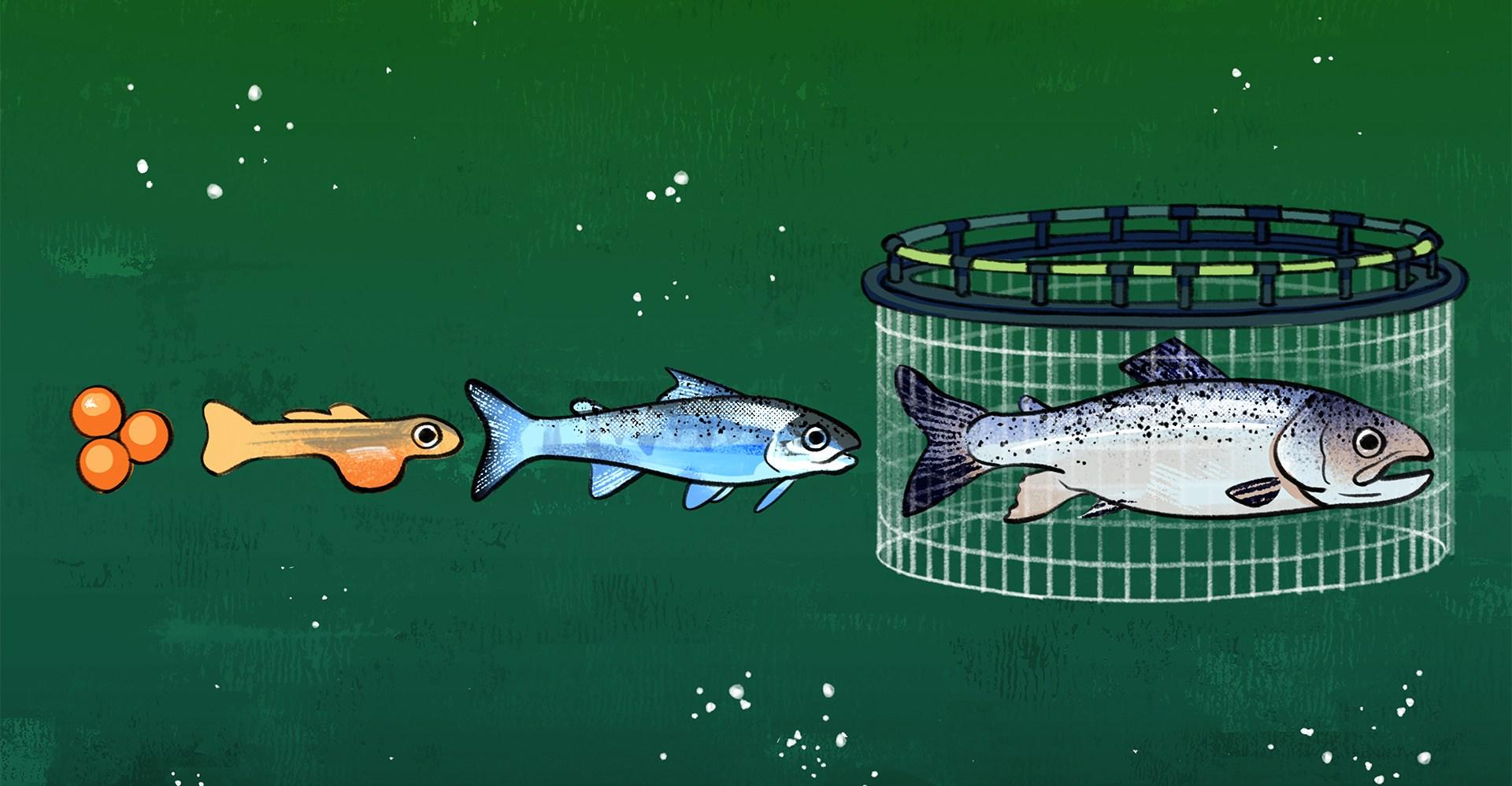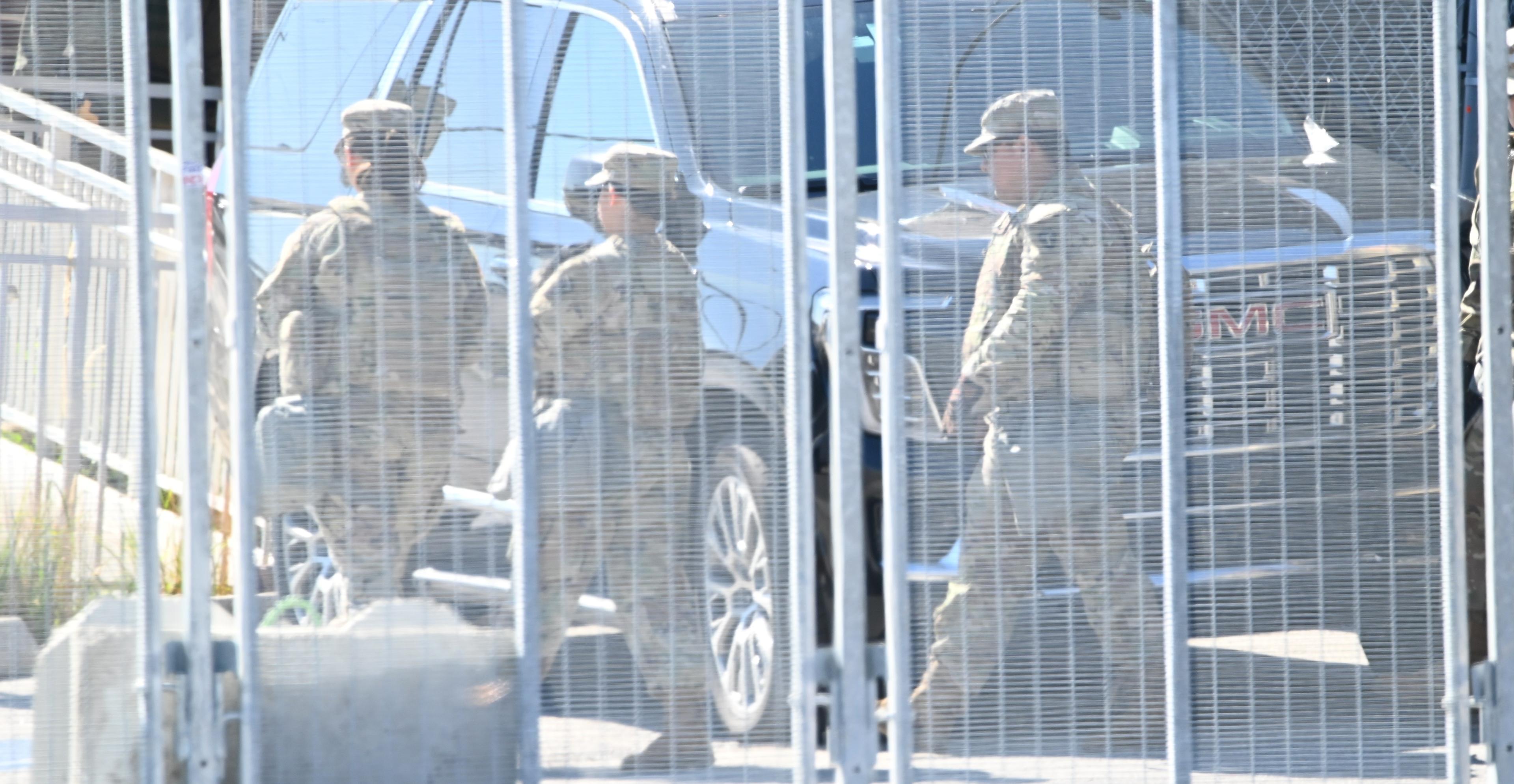America’s test-and-vaccinate plan for getting through the next Covid-19 wave, explained.


The United States is in the midst of its worst Covid-19 wave since the beginning of the year and finally deploying some of its most powerful tools against it. The next step will be getting as many Americans as possible to take advantage of them.
Last week, the US government approved updated Covid-19 vaccines and advised that effectively every American other than young infants receive one. Starting next week, it will again ship out free Covid-19 tests to any American who orders them. Some local hospital systems have begun reinstituting mask mandates, though widespread requirements are unlikely given how politically toxic masking rules have become. Individuals, particularly those with compromised immune systems, are still advised to wear masks in times of high spread.
Covid-19’s spread has been increasing since the middle of the summer, picking up in late June based on wastewater surveillance and climbing steadily through August.
Hospitalizations increased in tandem, particularly among the older and more vulnerable populations. The hospitalization rate for Americans over 70 more than doubled from early July to early September. (Younger age groups were less affected by severe disease, which follows the coronavirus’s pattern since it first emerged.) Deaths have risen as a result: The number of weekly Covid-19 deaths had dipped below 500 for the first time in early July but topped 900 again in late August.
The summer wave may finally be cresting, however. The amount of Covid-19 detected in wastewater was flat from August 30 to September 6 and then dipped slightly the week of September 13, per Biobot Analytics. Hospitalizations are still up over the past two weeks, but that is a lagging indicator; if spread is indeed slowing as the wastewater data suggests, indicators of serious illness should start to plateau and then decline in the coming weeks.
Still, as I wrote in late July, this summer’s increase in Covid-19 activity may merely be a preview of coming attractions. Recent mutations have allowed the coronavirus to regain some of its transmissibility. Public health officials are still expecting a winter wave of viral activity — not only from Covid but influenza and respiratory syncytial virus, or RSV, as well.
The good news is that, at this point, we know the playbook for slowing viral spread, and the government is taking steps to help people follow it. And there are some indications that the US public, in spite of inevitable and understandable pandemic fatigue, is taking the start of this viral season seriously. If people do avail themselves of new vaccines and free tests, the country will be in a better position to weather any winter surge.
Updated Covid-19 vaccines and more free tests are now available
Vaccination is the most important step any person can take to protect themselves this winter. Updated flu shots are already available, and Pfizer and Moderna have formulated new versions of the mRNA Covid-19 vaccines that proved so effective in preventing deaths and hospitalizations. The FDA gave them its approval last week.
The CDC has advised that every American older than 6 months should receive one shot of the updated Covid-19 vaccines. As public health experts told Vox’s Rachel DuRose, there is a growing expectation that an annual Covid shot will be recommended to most Americans in the years to come.
For this year’s updated shots specifically, the CDC recommends:
All Americans 5 years of age and older receive one dose of either the Pfizer or Moderna vaccine, at least two months after their most recent shot. Americans 6 months to 4 years who have not been previously vaccinated should receive either three doses of Pfizer or two doses of Moderna. Americans 6 months to 4 years who have already been vaccinated should receive at least one dose of Pfizer or Moderna.The Novavax vaccine, which uses a protein-based formulation instead of the mRNA technology, is also available as an alternative for people who choose not to or are unable to receive the Pfizer and Moderna vaccines. Most people should be able to get both the flu and Covid shots at the same time, according to government health officials.
Most health insurers will cover a new Covid-19 vaccine for free, although it is worth checking with your plan in advance; there have been reports of people facing $100 or more in out-of-pocket costs when they show up at a pharmacy. Uninsured people or people whose health plan won’t cover the vaccine can still get a free dose from certain health centers, their state or local health department, or at pharmacies participating in the federal program to provide free vaccines.
The Biden administration has also announced that every American household will be eligible to order up to four free at-home Covid-19 rapid test kits starting on September 25. The government had previously made tests available for free to everyone in the thick of the pandemic, but rolled back eligibility to only uninsured Americans earlier this year.
The administration is trying to get ahead of this year’s cold-and-flu season, after last year’s proved so challenging to the health system. As Dr. William Schaffner of Vanderbilt, formerly the medical director of the National Foundation for Infectious Diseases, told me, last year’s struggles were a function of biology. Flu and RSV in particular spiked much earlier in the fall than they usually did before the pandemic, and the population appeared vulnerable to them after those viruses had been largely dormant while Covid was spreading widely.
But this year, Schaffner said, the viruses are less likely to take us by surprise. Instead, the challenge for 2023 will be whether the health system can marshal a strong response to a viral surge that it’s already anticipating. Giving away free tests, for example, should grant people the ability to identify when they are sick with Covid-19, so they can isolate and avoid spreading the virus to other people.
The vaccines are the most important tool available to preventing hospitalizations and deaths — and perhaps the area where the government’s test will be greatest, given the anti-vaccine movement that flourished during the pandemic. Less than 1 in 5 Americans got previously updated versions of the vaccine that targeted the omicron variant. Even for people over 65, who are most vulnerable, less than half received the bivalent booster.
Based on that low uptake, many public health experts have been fearful that Americans will be skeptical about any future Covid-19 shots. But there is some evidence that the public, perhaps informed by the spread of the coronavirus in the late summer, is more receptive to the new Covid shots heading into this fall and winter.
A little more than half of Americans said they were either very or somewhat interested in receiving the updated vaccines, according to a new Reuters/Ipsos poll. That may reflect an overall increase in concern about Covid-19: A recent Gallup survey found that the share of Americans who believe the pandemic is getting worse had grown from 5 percent in May to 30 percent in September.
Those numbers indicate public health officials may find Americans more receptive to interventions like testing and vaccines; at the same time, the government is doing its part to make those resources more easily accessible. The opportunity is there for the US to chart a better path out of the pandemic. The next few months will determine whether we can take advantage of it.

The toxic culture behind the right’s civil war
- 13 گھنٹے قبل

The company at the heart of the AI bubble
- 15 گھنٹے قبل

Trump’s redistricting campaign isn’t going well
- 13 گھنٹے قبل

What insiders anonymously think about the AI race
- 15 گھنٹے قبل

Dbrand is turning the Steam Machine into a Companion Cube
- 15 گھنٹے قبل

Hackers use Anthropic’s AI model Claude once again
- 15 گھنٹے قبل

Meet the newly uninsured
- 13 گھنٹے قبل

What we’ve done to the salmon
- 13 گھنٹے قبل

Why everyone is still so obsessed with Sydney Sweeney
- 4 گھنٹے قبل

Who is buying VR and XR headsets anyway?
- 15 گھنٹے قبل

Mozilla announces an AI ‘window’ for Firefox
- 15 گھنٹے قبل

The US is still a magnet for top foreign students — for now
- 4 گھنٹے قبل









